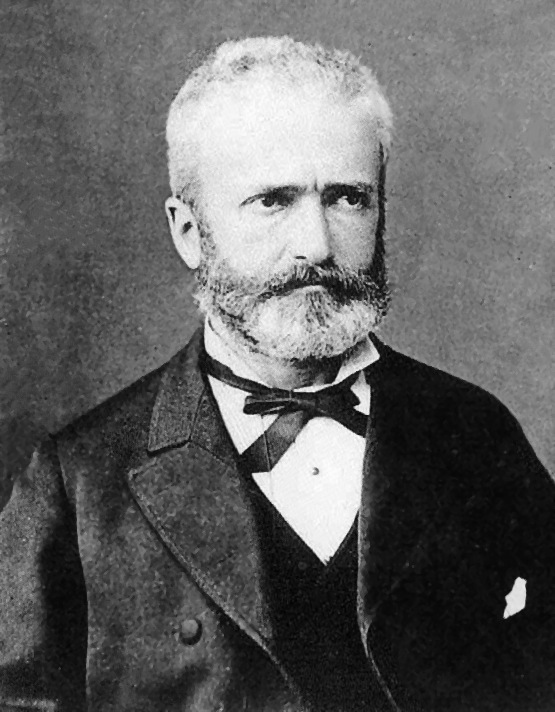 |
| Edoardo Chiossone |
Edoardo Chiossone was a famous engraver. He had a strong relationship with Japan because of his talent of art. Edoardo was born in Italy in 1833. His father was an artist so he was born in an artist’s lineage. He came to Japan as an “Oyatoi” foreigner [Editor's note: foreign government advisors in Meiji era Japan were known as oyatoi-gaikokujin, or “hired foreigners”] and made paper money, stamps, and portraits. He loved Japanese arts and culture. He was a big and essential person for Japanese paper money history.
Japan’s paper money was made by a German company. However, Japan thought that if they continued to receive money requests from that company forever, it would cost a lot, so they decided to invite a person who can make paper money and teach how to do so. Edoardo came to Japan and made the paper money from his sculptor knowledge. He also taught Japanese people how to do it. When he was a child, he went to an art school and studied copper-plate engraving. He took some prizes for his art. After he graduated school, he worked at the copy company in England.
Edoardo worked as an Oyatoi foreigner for 16 years. His life in Japan was better paid than other Oyatoi foreigner. His salary was higher than others at that time and he used that money for his hobby. He liked to collect arts so he bought 3,269 Ukiyo-e [woodblock prints], 1529 copper-ware, and 1442 Tsubasa [part of a katana sword]. After he finished his term, he still stayed in Japan. He liked Japanese art and history. The most surprised thing is that he finished his life in Japan and his grave is in Tokyo Japan.
His most famous achievement was making Japanese paper money. He was the person who brought the Japanese paper money to Japan. He also made stamps and portraits. He designed the first stamp in Japan. The famous Saigou Takamori’s portrait [often called the last true samurai, Saigou was instrumental in overthrowing the Tokugawa shogunate and forming the new Meiji government, but was killed shortly after when he led the Satsuma Rebellion against the new government] was made by Edoardo. He had never met with Saigou Takamori, so he saw his brother and cousin and made the portraits. However, Saigou’s wife said the portrait is not similar to his face. Chiossone's art was famous in Japan, and he made more than 500 things for Japan through this term.
In conclusion, before I searched about him, I didn’t know that Japan’s paper money was made by foreigner. His job was very important for Japan so I can understand that he had the highest salary of Oyatoi foreigners. I was also surprised about Saigou Takamori’s portrait. We learned from the text book and the history book that Saigou’s face was like the portrait, but in fact it’s not his real face and it’s made from Edoardo’s guess. I think he really loved Japan and Japanese culture. If he hadn’t liked Japan, I think he would have gone back to his country after his term was finished. Moreover, from his arts collection, I can learn that he liked arts from the bottom of his heart. He used a huge amount of money to collect the arts. This is not an easy thing when people live in a foreign country. After I learned about him, he became my favorite person in the genre of visitors to Japan.
References
No name. Asemue Asia-Europe Museum Network. Retrieved on 23/01/2014
http://asemus.museum/museum/museo-darte-orientale-edoardo-chiossone/
No name. International House Of Japan. Retrieved on 23/01/2014
http://www.i-house.or.jp/eng/programs/japanihj20130111/
No comments:
Post a Comment